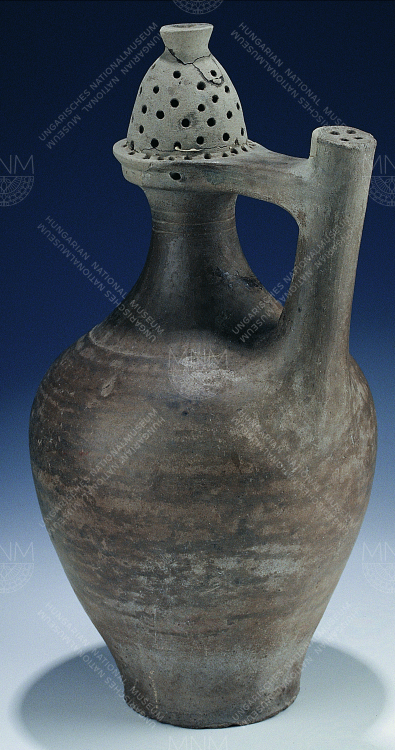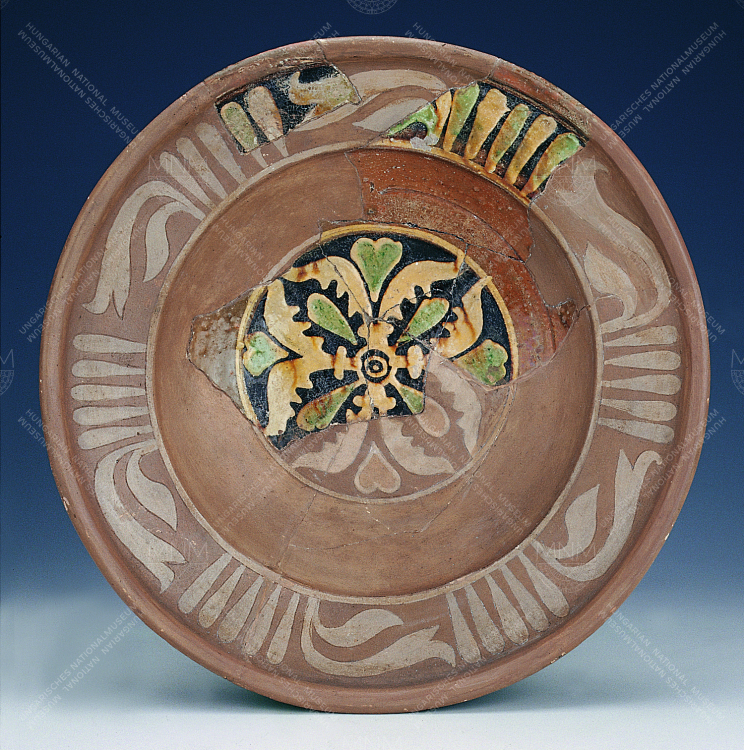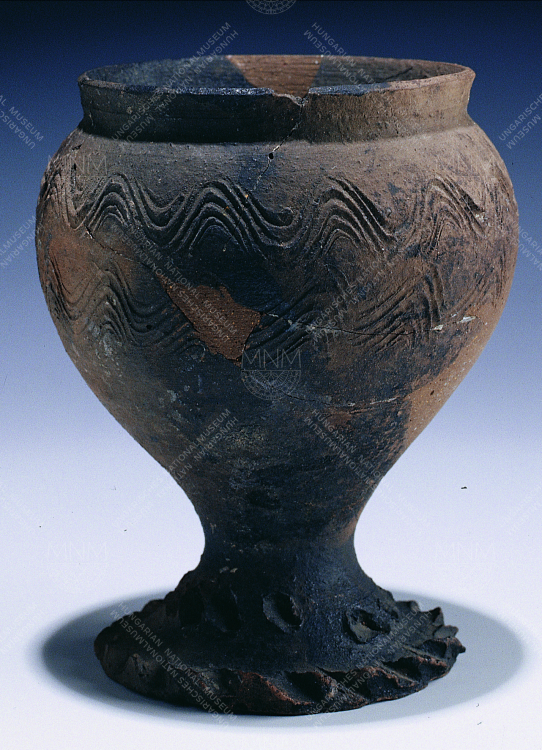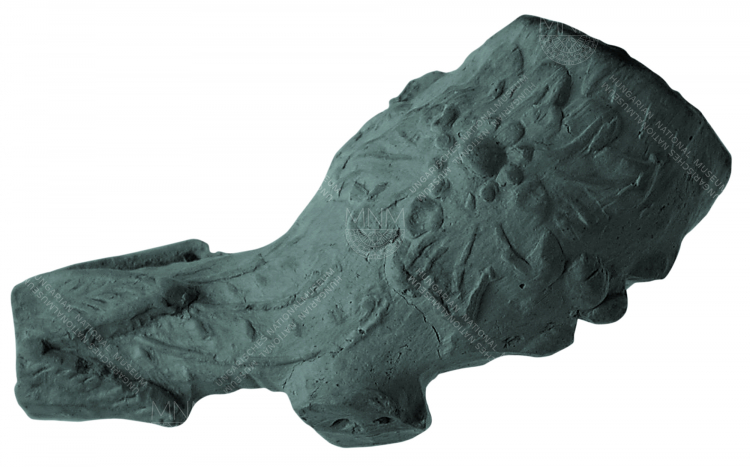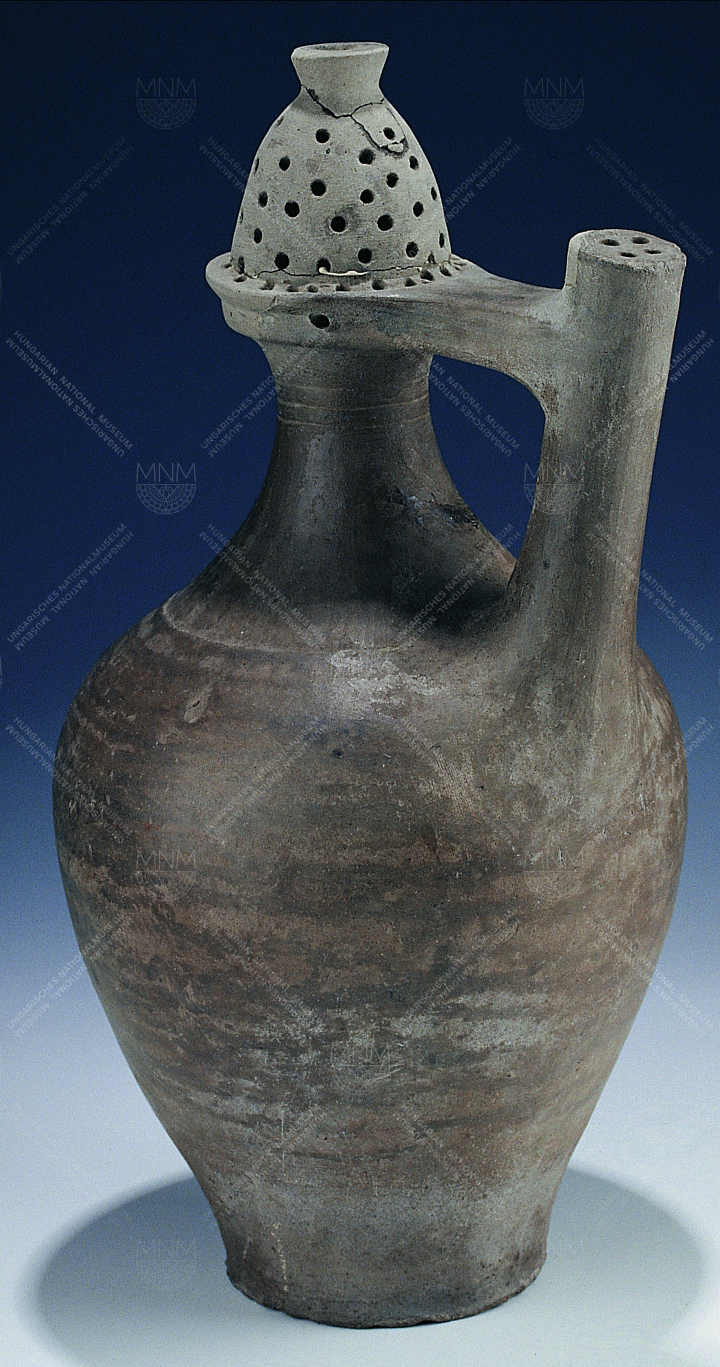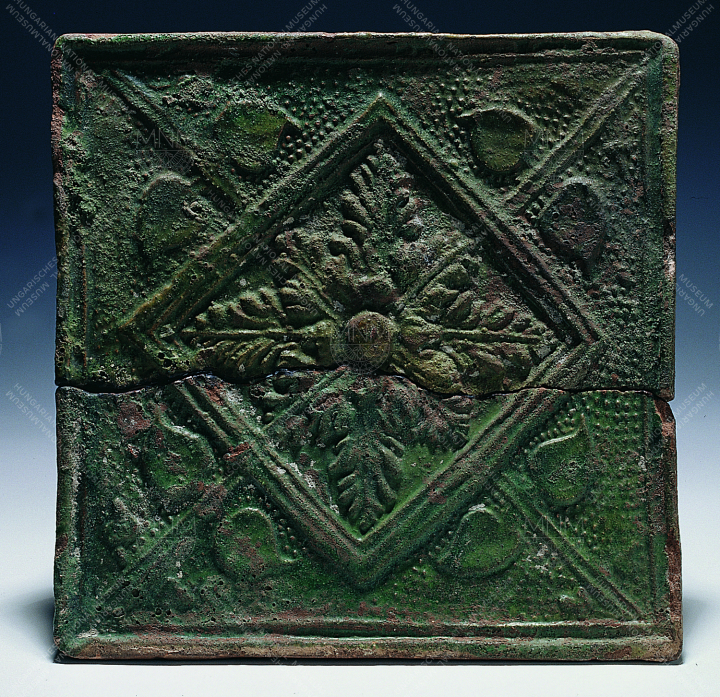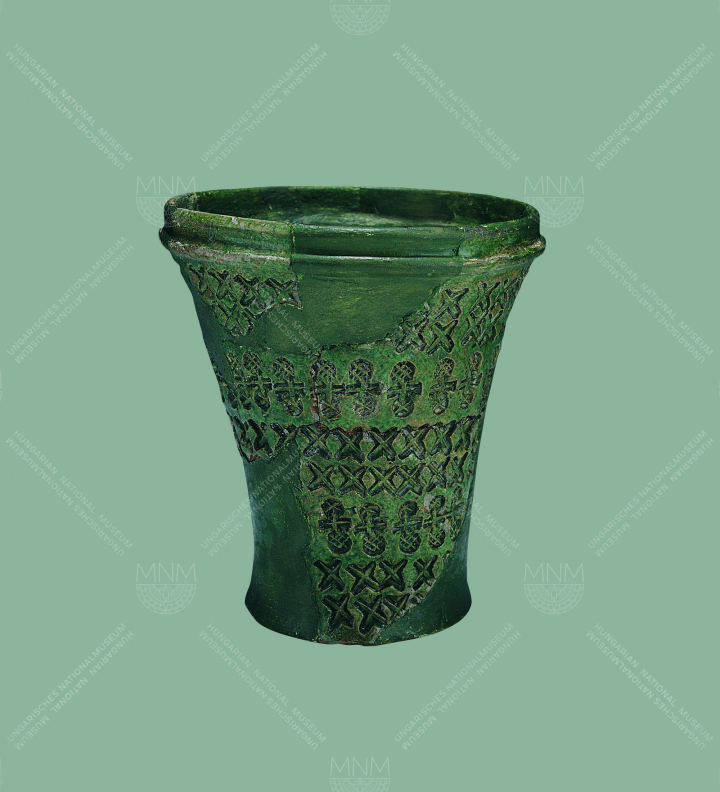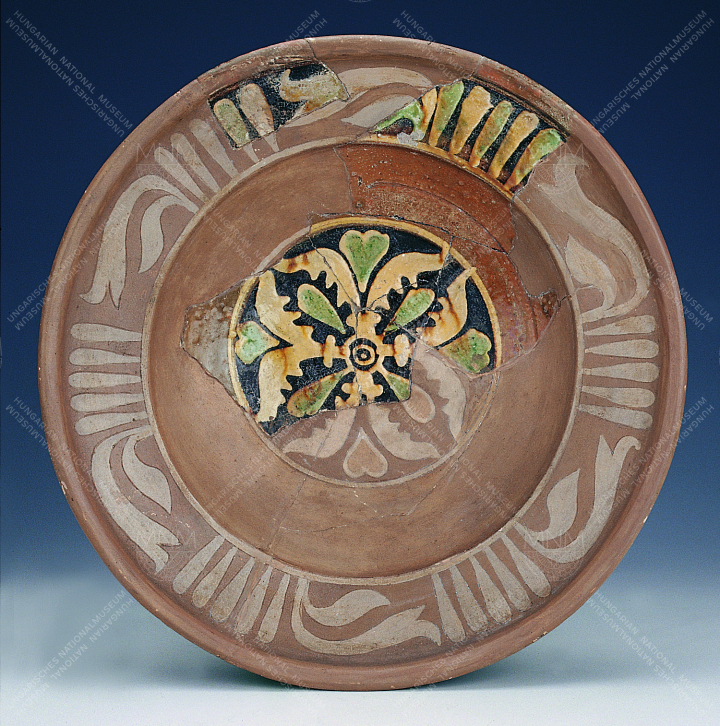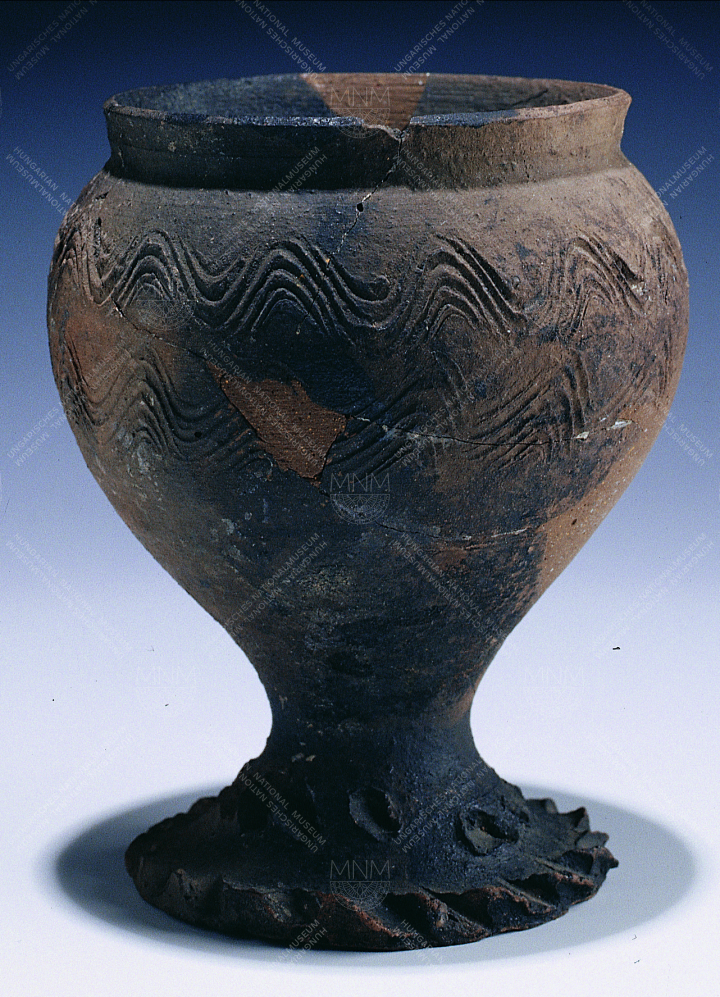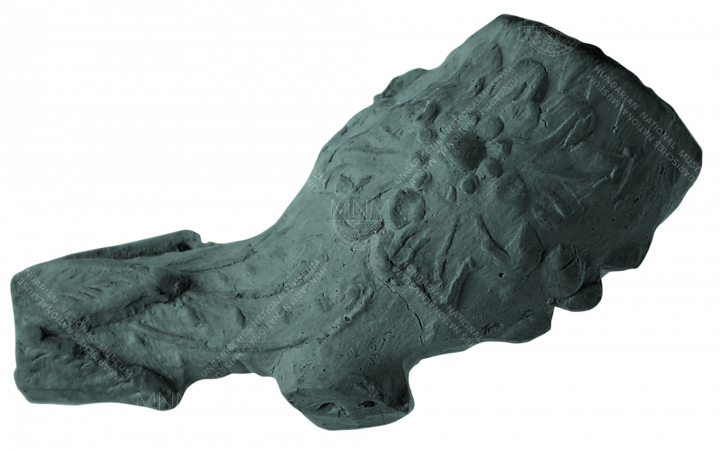
The Museum’s archaeological finds from the period 1301–1711 belong to the Late Medieval Collection, which opened in 1955. In the Collection are kept the late medieval ceramic vessels, stove tiles, iron implements, and miscellaneous cemetery artefacts found in the Museum’s pre-1955 core material. The significance of the Collection stems primarily from its excavation-derived holdings of assemblages. These have been augmented by way of excavations conducted firstly by István Méri and later by Nándor Parádi, as well as by Júlia Kovalovszki, Béla Horváth, and András Pálóczi-Horváth. During excavations performed as planned excavations, not only were settlements excavated, but also cemeteries next to them. Especially deserving of mention are the finds from a manor house at Pomáz-Klisszadomb which give an insight into the lives of members of the upper stratum of the middle nobility. The quality of the excavation observations made by István Méri still serves as the standard for which archaeologists dealing with the Middle Ages should aim. Also, the Collection contains finds from the first late medieval village (Túrkeve-Móric) on the Great Hungarian Plain to be excavated using modern methods. István Méri conducted excavations at Kesztölc-Klastrompuszta also, acquiring valuable data on the life of one of the most important cloisters of the Pauline order, the only major monastic order founded in Hungary. Finds from excavations at Sümeg-Sarvaly performed by Nándor Páradi and Imre Holl jointly show the life of a very small late medieval village in Transdanubia. There are major assemblages of finds from the following places: Tiszaörvény (medieval village), Feldebrő-Plébániatemplom (parish church), and Lászlófalva-Szentkirály (late medieval village). The Collection has recently grown significantly through the addition of finds from a 17th-century border castle: the Upper Castle at Szendrő.








